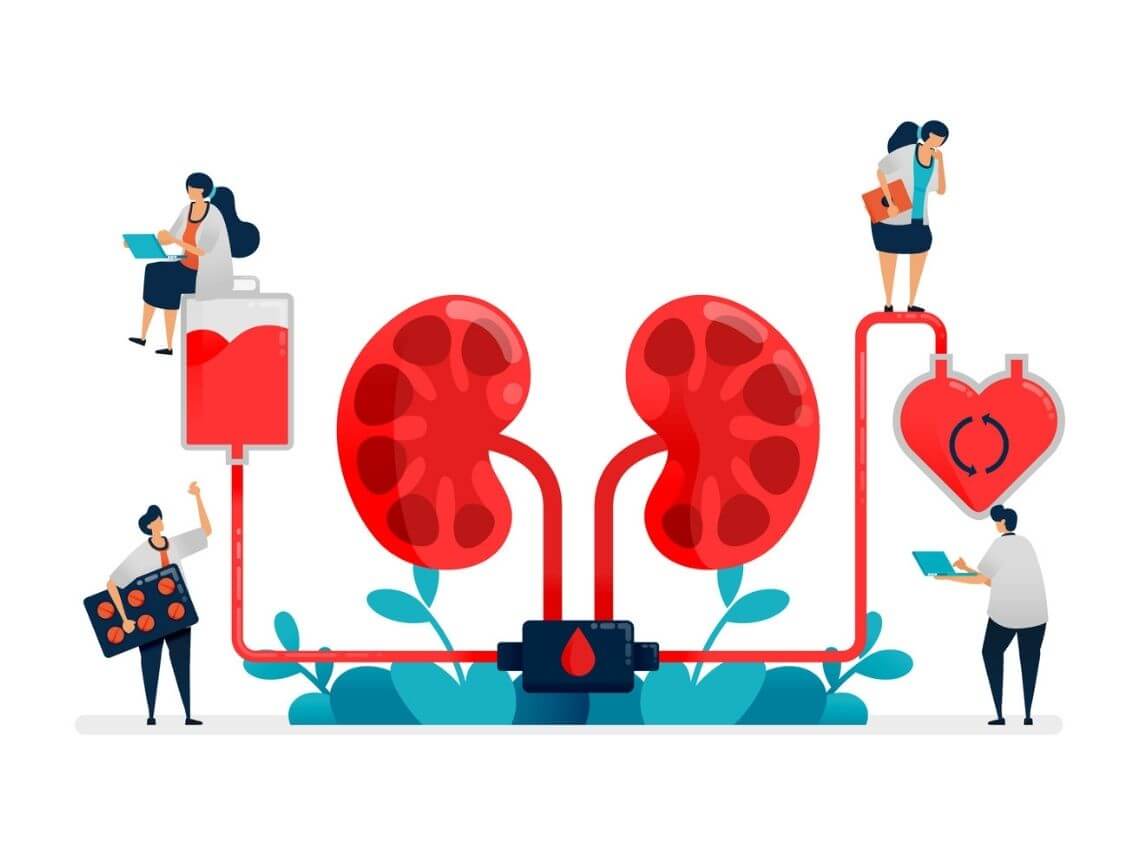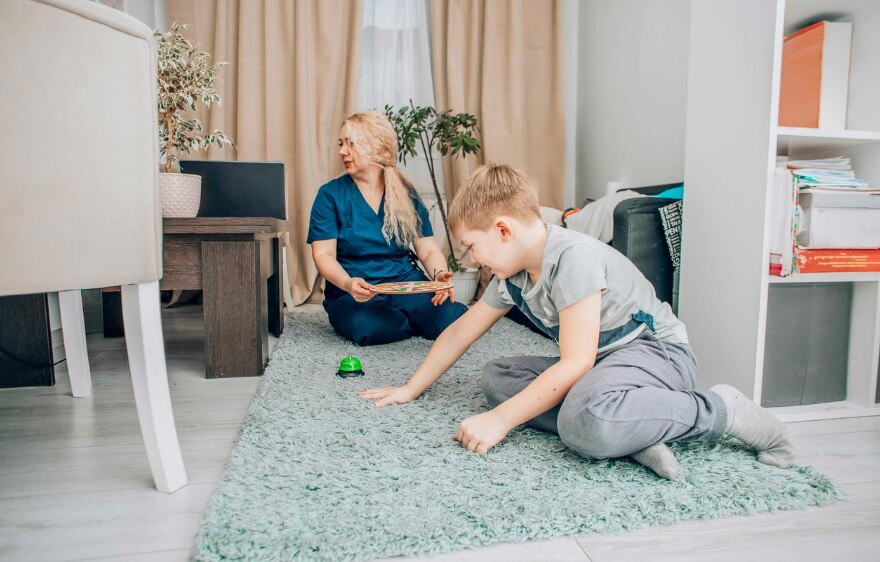One of the things that is often taken for granted by most people is the ability to urinate. Just like breathing, it’s something that’s so natural, you don’t really stop to think about it. That is, until a health condition forces you to. Nothing blows a whistle on needing medical attention as finding it difficult — or impossible — to go to the bathroom. This is when dialysis can help. But, what is it? How could it help a child? And, how does it work?
What is dialysis?
The function of healthy kidneys is to filter waste and toxins that enter the body from food, the environment, and certain medications. These toxins are then eliminated from the body through urine. If a person develops chronic kidney disease (chronic renal disease), the kidneys do not complete this process properly. And, since the illness is progressive, at some point, the kidneys may fully stop working. When a person has end-stage kidney failure — meaning losing between 85 to 90% of the kidneys’ function — they need dialysis to remove waste material from the body.
Why would a child need dialysis?
A child whose kidneys are no longer working properly will need dialysis to stay alive. This is because if the toxins that aren’t removed by the kidneys build up in the body, the child will become swollen and sick. If kidney failure is temporary, dialysis will only be required for a short time until they heal. But, if the child develops chronic kidney disease, the child will need dialysis for life — unless they successfully receive a kidney transplant.
What are the two types of dialysis and how do they work?
There are two types of dialysis — hemodialysis and peritoneal dialysis. Which one would work best for your child depends on their needs and medical history.
Hemodialysis
This type of dialysis is done at a hospital or dialysis center. It works by first undergoing minor surgery to insert a port on their arm. The surgery can take up to an hour and a half. Once the portal has been installed over a vein or artery, a dialysis machine (called a dialyzer) will be connected to your child’s bloodstream. The child’s blood is then siphoned into the dialyzer, where all the toxins are removed. The blood is then returned to the child’s body. This process is repeated three to five times a week.
Peritoneal Dialysis
The peritoneum is the lining of the abdomen. Its function is to filter waste from the blood. Peritoneal dialysis gets its name because it is performed by connecting small tubes to the abdomen through the perineum. This means that prior to receiving this type of dialysis, the child needs to undergo laparoscopic surgery — a type of operation where the surgeon makes very small incisions to insert the tubes. These tubes are then attached to a bag with cleansing fluids that are designed to clean the blood. Peritoneal dialysis can be done at home and allows kids to go to school while undergoing dialysis. That said, under certain circumstances, you can opt to do the dialysis at night when the child is at home.
Contact Care Options for Kids for Home Health Care in Florida
It can be hard to balance your time between work, home, and caring for a child. That’s why our team of skilled professionals at Care Options for Kids is here to help.
Our home health care services offer support in the comfort of your home. We refer loving and competent nurses to provide customized care for families — from a few hours a day to around-the-clock supervision. Contact us directly to speak with a home health care professional or request a free in-home assessment. Together we can determine the best plan of action to keep your loved ones happy and healthy.
If you or a loved one are considering Pediatric Home Health Care Services in Florida, contact the caring staff at Care Options for Kids. Call today at (888) 592-5855.






